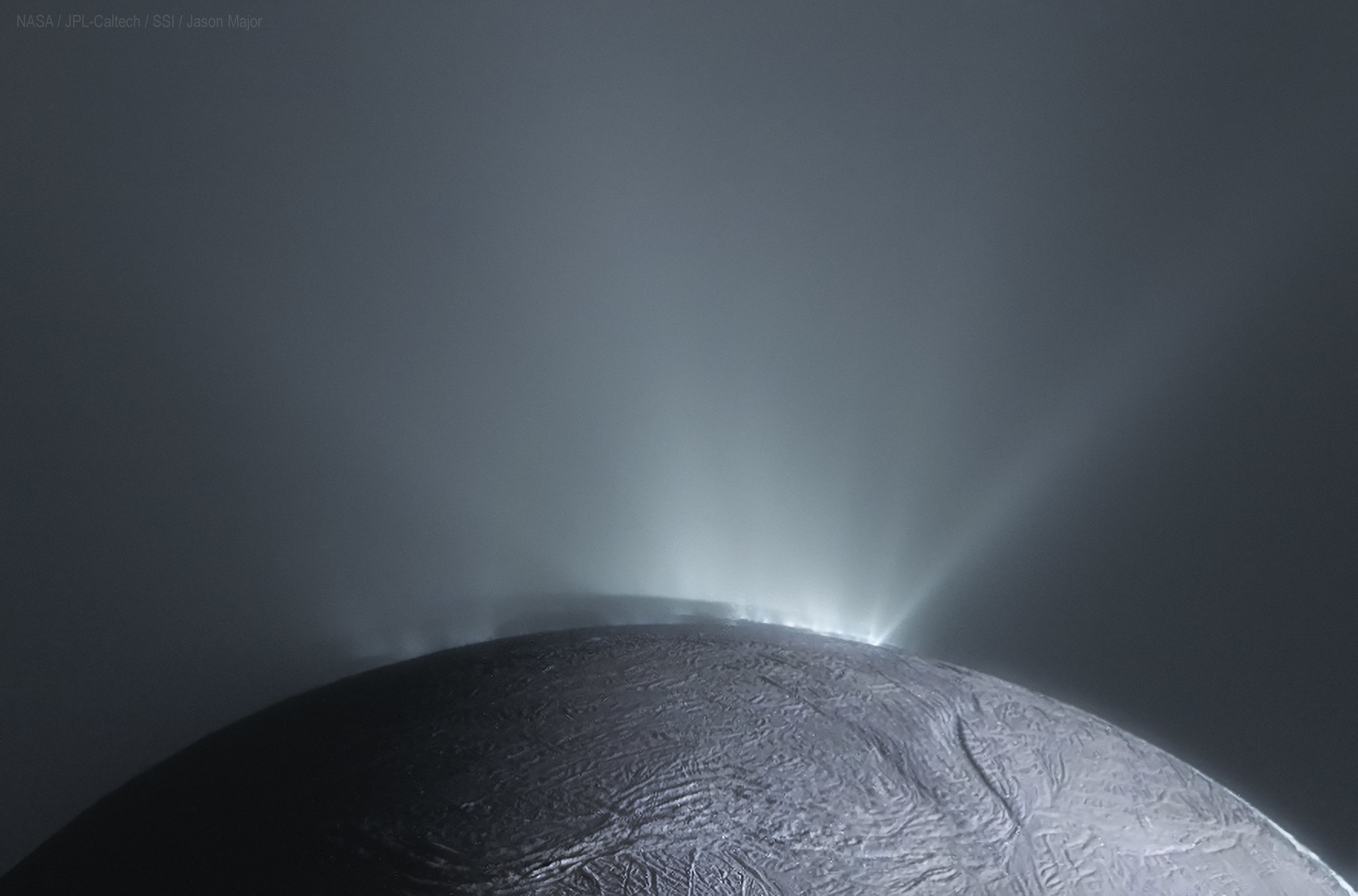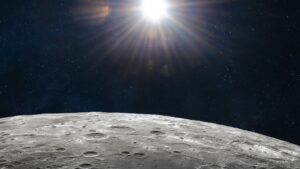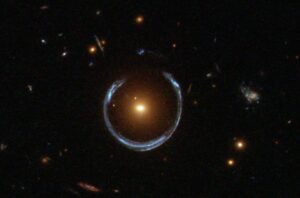The European Space Agency (ESA) is determined to land a probe on one of Saturn’s smallest moons. When it does, its singular goal will be to finally discover alien life.
In a spring 2024 press release, the agency announced the plan to launch a spacecraft that will make an unprecedented landing on the tiny Saturnian moon of Enceladus.
Enceladus is so interesting because it has the three accepted criteria for extraterrestrial life: liquid water, other organic material, and a heat source.

Artist’s rendering of the icy surface of Enceladus. Image: ESA
The mission, called Voyage 2050, will cost billions of euros and a large chunk of careers. But according to the space program’s advisory board, the long shot is worth it.
“The mission concepts that we have recommended would provide tremendous scientific return, driving forward our knowledge, and would be fundamental for the successful detection of biosignatures on icy moons,” said Dr. Zita Martins, an astrobiologist at Portugal’s Instituto Superior Técnico and the lead consulting planetary scientist.
Tiny, enticing icy target
Mission control will face many complications as they attempt to make contact. But the minuscule moon looks promising as an oasis of life. For the ESA, this prospect outweighs the technical difficulties.
Encrusted in a thick sheet of ice, Enceladus has the most reflective surface of any object in the solar system. When the NASA probe Cassini cruised past it in the early 2000s, it photographed giant geysers erupting from cracks in the surface.
The plumes of water vapor and ice particles issued from what NASA called a “global ocean.” According to models, its warm, rocky core warms the ocean and propels vapor through the jets that pierce the surface.
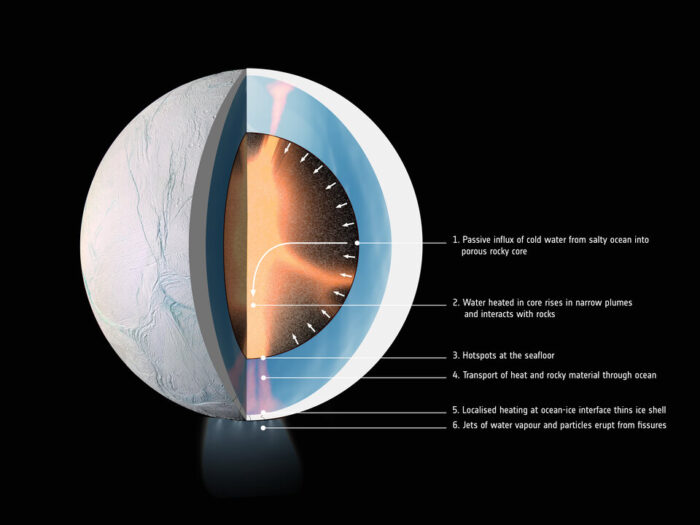
A model of Enceladus’s structure. Image: ESA
It’s one thing to know this fascinating world exists and another to land a rig on it.
Enceladus orbits Saturn across a gaping void of 1.3 billion kilometers from Earth. The 2005 Cassini/Huygens project produced the only successful landing at a comparable distance, with a touchdown on Titan.
Enceladus is also a tiny target. Only 515km across, it would easily fit inside the state of Colorado.
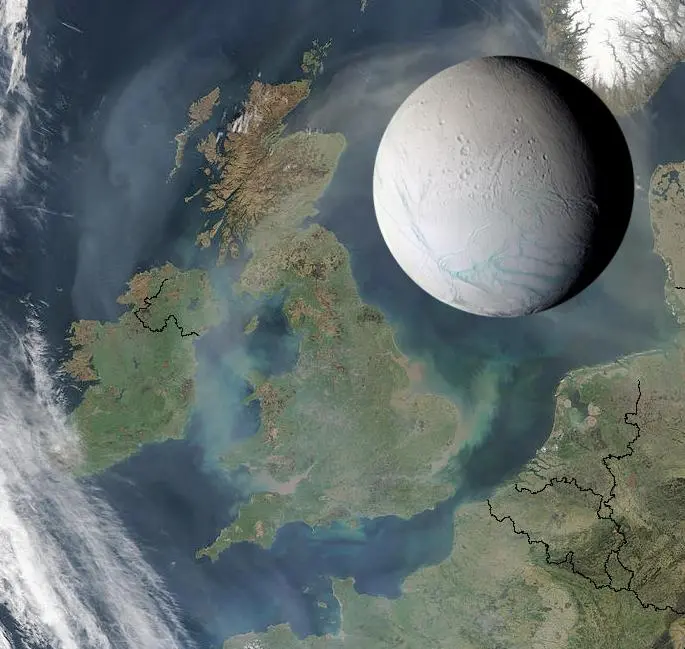
Enceladus’ size compared to the United Kingdom. Image: NASA/JPL/Space Science Institute
Landing on so small an object will require persistent defiance of gravity. Enceladus orbits Saturn along with a thicket of 145 other moons. Due to its size and position, it will exert almost none of the natural traction a spacecraft could leverage for a landing.
“Enceladus is small, with weak gravity, which means you will need a lot of fuel to slow it down so that it does not whiz past its target into deep space,” astronomer Michele Dougherty, involved in the Cassini mission, told The Guardian. “That is going to be a tricky issue for those designing the mission.”
The ESA noted an early-2040s launch could be possible and suggested an Ariane 6 probe could reach Saturn by the 2050s. Enceladus edged out Saturn’s Titan and Jupiter’s Europa, both thought to harbor subterranean oceans, as a main target.
